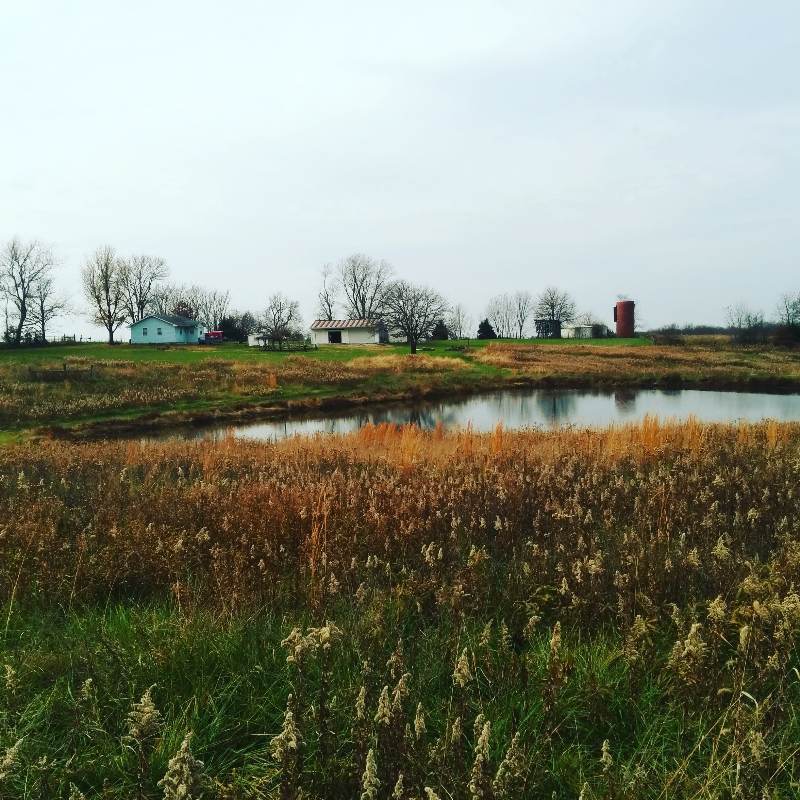
 2
2





 1
1




 2
2




Be Fearless! Fake it till you make it!
 3
3




Standing on the shoulders of giants. Giants with dirt under their nails








Standing on the shoulders of giants. Giants with dirt under their nails





 1
1




List of Bryant RedHawk's Epic Soil Series Threads We love visitors, that's why we live in a secluded cabin deep in the woods. "Buzzard's Roost (Asnikiye Heca) Farm." Promoting permaculture to save our planet.




Idle dreamer








Tj Jefferson wrote:I did not till, the compaction goes deeper than I could till, and I would have had to buy/borrow a disc harrow.




















I use a two wheel tractor with a heavy drag bar or my jeep with the drag bar for now. Next year we have plans to buy a tractor with front end loader, the bucket will do a super job of pressing just by lowering it to the ground and driving along.Tyler Ludens wrote:Redhawk, do you press them down with your feet, or do you use a special tool for that?
List of Bryant RedHawk's Epic Soil Series Threads We love visitors, that's why we live in a secluded cabin deep in the woods. "Buzzard's Roost (Asnikiye Heca) Farm." Promoting permaculture to save our planet.

|
permaculture is giving a gift to your future self. After reading this tiny ad:
permaculture and gardener gifts (stocking stuffers?)
https://permies.com/wiki/permaculture-gifts-stocking-stuffers
|



